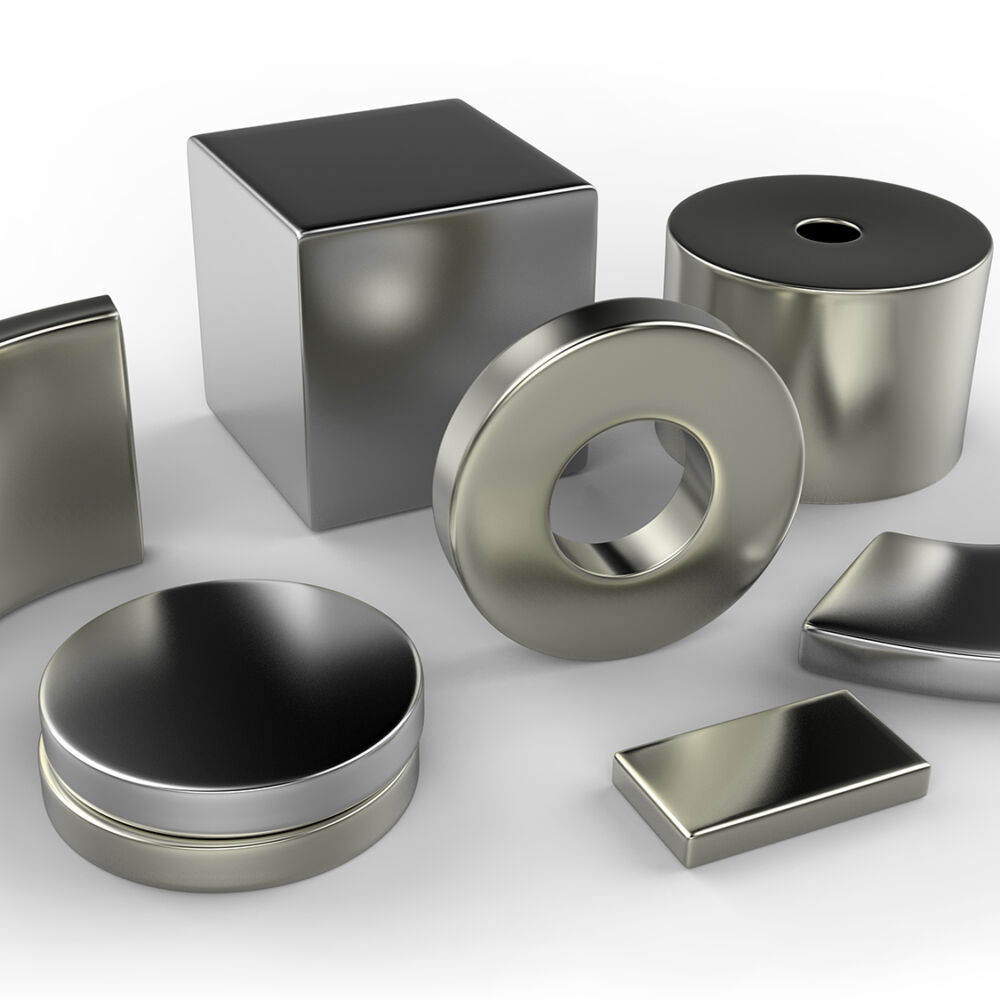Applications for Permanent Magnetic Materials
Calculate the following, based on your actual alloy chemistry:
Application Examples
Prediction of Curie Temperatures
The Curie temperature (Tc) is a critical temperature, above which certain materials lose their permanent magnetic properties. It is therefore one of the most important properties for permanent magnetic materials. As a result, developing new alloys that extend the temperature range of practical usage along with good structural stability is of strong interest.
The Curie temperature can be predicted using Thermo-Calc as a function of chemical composition. A comparison is made in the plot here against collected experimental data for a number of given industrial alloys.

Learn more about Applications to Permanent Magnetic Materials
Multiscale understanding of microstructural evolution during directional solidification of magnetostrictive Tb-Dy-Fe alloys
A collection of examples that demonstrate the validity and calculation abilities of the TCPMAG database.




